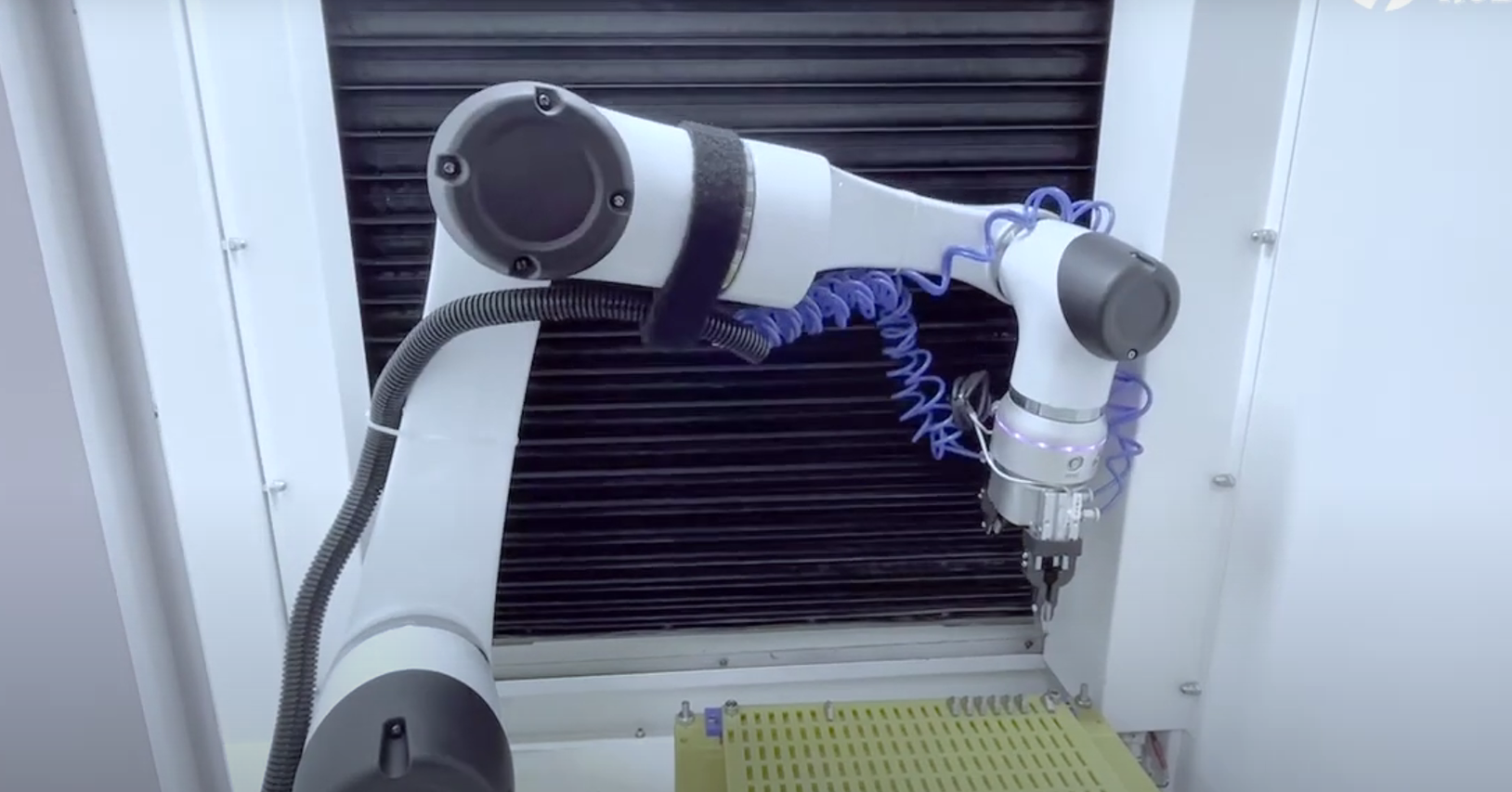
loading...
As industries evolve, the integration of collaborative robotics is becoming increasingly vital in optimizing manufacturing processes. At Han's Robot, we recognize the pivotal role our advanced collaborative robots play in enhancing operational efficiency, particularly in specific applications such as loading and unloading tasks. This article explores the implications of adopting collaborative robotics from a broader perspective, highlighting their transformative potential across various sectors.

Enhancing Efficiency in Knife Tool Operations
The use of collaborative robotics in loading and unloading knife tools during grinding operations exemplifies their efficiency. Traditionally, these tasks require significant manual input, often leading to bottlenecks in production. By employing collaborative robots, manufacturers can automate the unloading of processed knife tools and the loading of unprocessed ones. This automation not only streamlines the workflow but also minimizes human errors that can occur during manual handling.
The efficiency gained through automation allows companies to allocate human resources to more complex tasks that require critical thinking and creativity. This shift not only boosts productivity but also enhances job satisfaction for workers, as they can focus on higher-value activities rather than repetitive manual tasks.
Addressing Safety Concerns in Hazardous Environments
Collaborative robotics are particularly valuable in industries where safety is a primary concern, such as the 3C industry. When handling thermistor trays, which involve chemical hazards and high temperatures, collaborative robots provide a safer alternative to manual labor. By automating the loading and unloading processes, companies can significantly reduce the risk of accidents, protecting both employees and equipment.
This capability highlights a critical advantage of collaborative robotics: their ability to operate in environments that may be dangerous for human workers. The integration of advanced sensors and safety features allows these robots to work alongside humans, ensuring a safe and productive work environment. This is particularly crucial in industries where product integrity and worker safety are paramount.
Flexibility and Adaptability in Operations
One of the standout features of collaborative robotics is their flexibility. Han's Robot's collaborative robots can be easily programmed to handle various tasks, making them adaptable to changing production needs. This flexibility is essential in today’s fast-paced manufacturing landscape, where demand can shift rapidly.
The ability to quickly reconfigure robots for different loading and unloading tasks means that businesses can respond more effectively to market changes. This adaptability not only optimizes production schedules but also reduces the need for extensive re-training of staff, thereby lowering operational costs.
Conclusion
The integration of collaborative robotics into manufacturing processes represents a significant step forward in operational efficiency, safety, and adaptability. At Han's Robot, we are committed to providing solutions that not only meet the needs of modern industries but also drive innovation and productivity.
As businesses continue to embrace automation, the role of collaborative robots will only become more critical. By adopting these advanced technologies, companies can enhance their workflows, improve safety standards, and position themselves for success in a competitive market. The future of manufacturing is here, and collaborative robotics are at the forefront of this transformation.